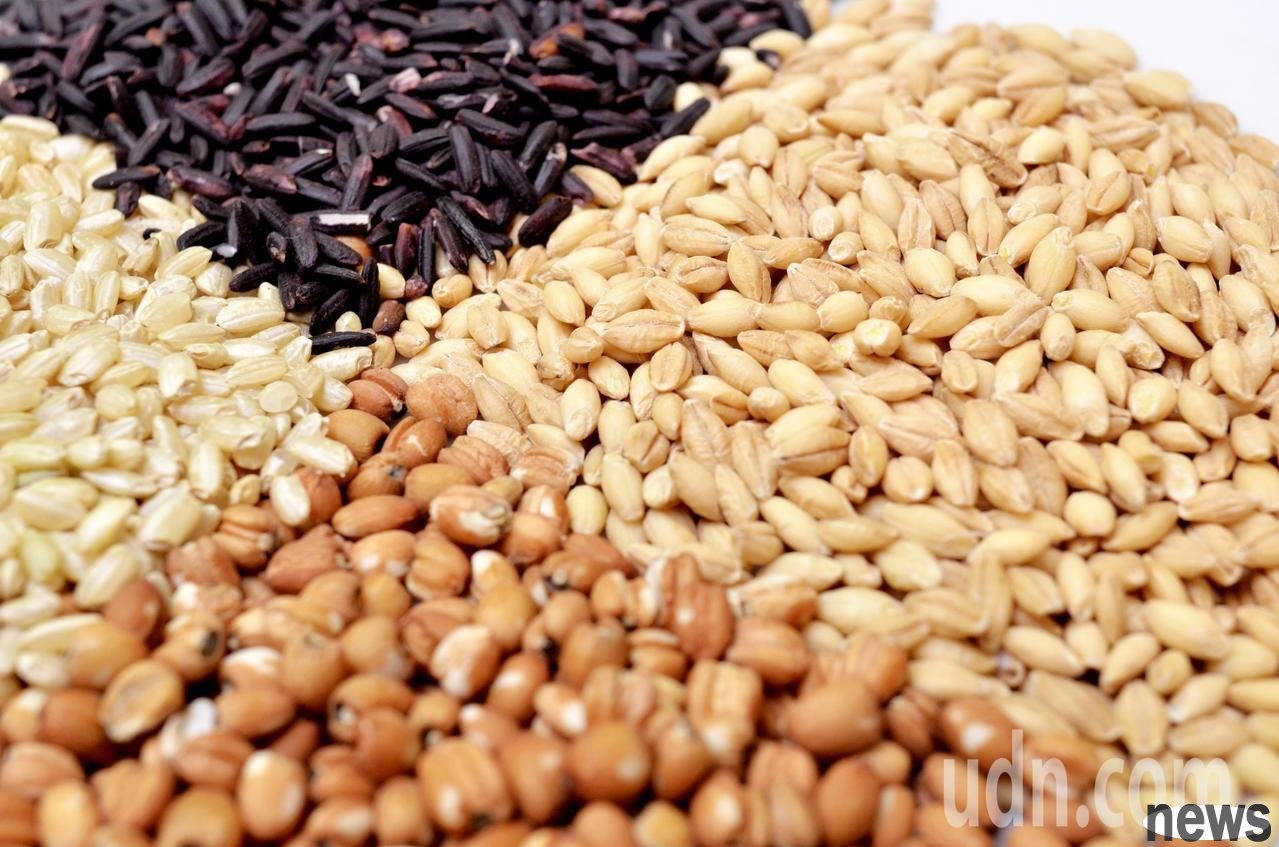Whole grains are rich in soluble and insoluble fibers. The soluble fiber has a much greater effect on stabilizing blood sugar and improving insulin sensitivity than the insoluble fibers. The whole grain forms gel. Extended digestion also delays suga...

Whole grains are rich in soluble and insoluble fibers. The soluble fiber has a much greater effect on stabilizing blood sugar and improving insulin sensitivity than the insoluble fibers.
The whole grain forms gel. Extended digestion also delays sugar absorptionWhen we eat all grain foods with soluble fiber, the fiber mixed in the food will absorb water and form a fruity gel. The properties of gel can limit the contact between food and the digestive tract surface, prolong digestion, and also prolong the absorption of sugar.
Another function of soluble fiber is to manufacture and export GLP-1 hormones in the kidneys, which are secretin hormones called "glucagon-1." Nutritionist Michelle Routhenstein said that GLP-1 hormone can increase in intraocular discharge, extending the stomach to digest food as much as possible, and improve intraocular sensitivity by adjusting blood sugar.
The body cells ignore or do not respond to insulin, which is called insulin impedance. When this phenomenon occurs, the sugar in the food stays in the blood, stimulating the pancreas to create more insulin to let the cells react in order to allow the sugar into the cells.
According to the 2021 National Health and Nutrition Survey, 40% of adults aged 18 to 44 in the United States have insulin impedance problems.
EatingWell website combines the suggestions of diabetes experts and nutritionists to list the following 5 full grain foods that best reduce insulin impedance:
5 full grains help reduce insulin impedance 1 Swallow malt oatmeal is the best source of soluble fibers, especially β - the best source of glucosol. A large number of studies have pointed out that β-glucosaccharide can prevent sudden high blood sugar, improve insulin sensitivity, and reduce low-density (destroying) pyrosterol. According to the agricultural department data, every 100 grams of oyster malt contains 4 grams of β-Glucosaccharide. 2. Macros are also rich in soluble fibers, with about 5 grams of soluble fibers per 100 grams. Like elixir, it also contains β-Glucosaccharide. 3 Quinoa2023 study shows that people with staple foods including quinoa have better blood sugar content and insulin sensitivity after meals than those in the control group; diabetic patients with poor sugar tolerance can also delay the disease. Quinoa also contains rich protein, making people feel full. Cooked quinoa, 5 grams of vegetation per cup.
4 六六六六Included 六六六六六六六六六六六六六六六六六六六六六六六六六六六六六六六六六六六六六六六六六六六六六六六六六六六六六六六六六六六六六六六六六六六六六六六六六六六六�
5 Brown riceBrown rice also contains fibers. Although it does not have the effect of reducing blood sugar content or glycosylated hemoglobin, it has the effect of delaying digestion and absorption of carbohydrates. Therefore, it can reduce the sugar content after meals and improve insulin sensitivity.
(This article is selected from World News Network)
Responsible editor Ye Zicen